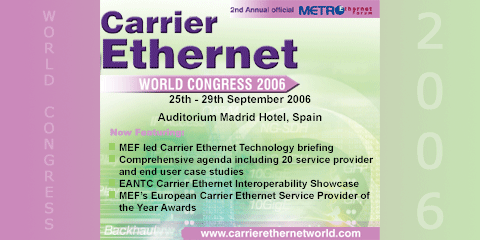|
|

article page | 1 | 2 |
transactions. Discrepancies between the operator’s record and the other parties in these traditional services were relatively easy to detect and to resolve, as the value chain was relatively simple and the factors affecting the price were all manageable, or at least measurable by the operator. The IPTV operator is not always exposed to all the information required for discovering discrepancies or leakages. In order to check whether a customer was billed correctly or not, the RA system will need to use information that is distributed in different parts along the revenue chain, e.g., between the IPTV provider, the content aggregator, and content provider. To successfully identify, analyze, and eventually prevent revenue leakages, the RA system will now be required to connect and to correlate information from all of these distinct information sources, some of which beyond the operators domain.
|
|
"This requires the RA systems to connect to new information sources to obtain information about quality, and to use this information..." |
|

RA for recurrent charges services is normally based on taking snapshots of the systems and finding discrepancies. E.g., comparing the service subscription data as it is represented in the CRM system, the Billing system, the Inventory system and the Network itself. However, an environment in which customers change their portfolio of services online on a regular basis, involving different service components originating at various content and application providers, threatens the traditional snapshot approach. RA systems will need to augment the snapshots approach with information at the transaction level. RA systems, apart from handling discrepancies
|
|
|
|
|

A basic expectation from the IPTV operators is to provide television broadcast in a quality comparable to that of the Cable TV operators. As simple as it may sound - considering the nature of the IP protocol, quality of service for the individual consumers is very difficult to guarantee. Hence, verifying that an operator provided a service does not necessary means that the customer received it in an acceptable quality. Now the role of RA expands from checking that a service was provided to checking that it was received in an acceptable quality, a quality that will permit to charge for the service without creating endless customer complains. This requires the RA systems to connect to new information sources to obtain information about quality, and to use this information, which in many cases is not straight forward or organized in a coherent way.
|
|

between snapshots taken from two systems, will have to analyze the validity of the found discrepancies based on transactional data, describing provisional changes made by the customer which might justify the discrepancies found in the snapshot.
|
|
|
|




